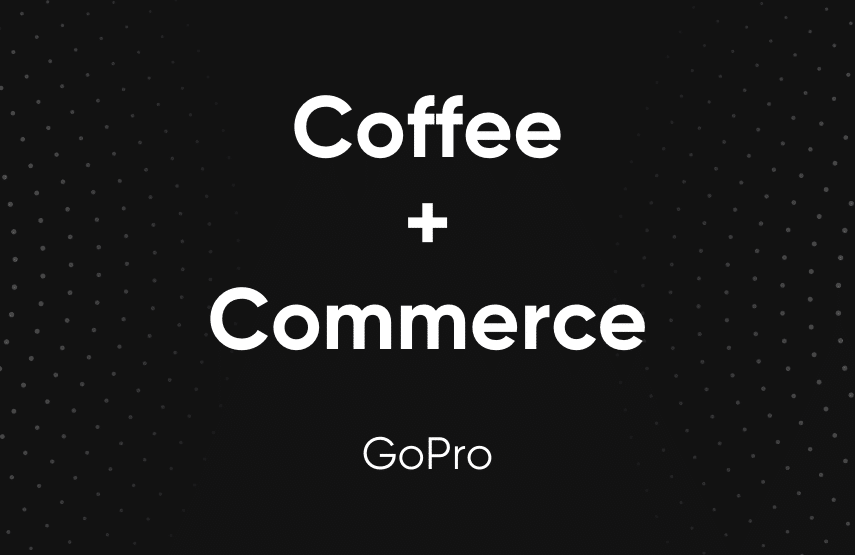Breaking Down GoPro’s E-Commerce Site [Video]

In this episode of Coffee + Commerce, we break down GoPro’s e-commerce site with Faisal Masud and Raj Desai. Faisal is our CEO at Fabric and was previously the director of AmazonBasics and CTO at Staples. Raj was the director of digital at GoPro in 2015 and has worked with Faisal in leadership roles at Staples, eBay, and Google.
The first thing Faisal and Raj notice about the GoPro site is its product marketing. To appeal to videographers, GoPro uses rich video content on product detail pages (PDPs). However, the checkout experience is under-optimized and prices advertised on PDPs do not flow through to cart and checkout.
In 2018, Digiday reported that GoPro was revamping its e-commerce site to focus on direct to consumer (D2C). It planned to increase conversions with a user analytics tool called Contentsquare. But today GoPro is using Adobe Experience Manager and Demandware (i.e. Salesforce Commerce Cloud) according to Builtwith.
Even though GoPro reported a 40% increase in conversions in 2018, these older tools are holding GoPro back from creating a frictionless D2C buying experience. By directing the points highlighted in this episode, GoPro and other brands experimenting with D2C can grow e-commerce even more.
[toc-embed headline=”Key Takeaways”]
Key Takeaways
[0:34] Don’t mix prices with text on PDPs.
Prices are hidden on some of GoPro’s product detail pages. The format GoPro uses is: Get the [Product] for [Price]. Best practice is to present price as its own line item above the Add to Cart button. Don’t bury price in a call to action: Get the new HERO9 Bundle for $399.98
[2:11] Troubleshoot your promotion service.
There is a promo code field on GoPro’s cart page. But when a promo code is applied the price does not change even though a Coupon Applied message is triggered. This is a broken feature that results in abandoned carts.
[3:02] Show delivery date estimates, not timeframes.
Instead of showing delivery timeframes (2-3 days), show an estimated date when the item(s) will arrive (Monday, March 1). Also, remove redundancies in shipping method sections. For example, GoPro offers a free UPS Ground and Standard shipping option. The difference between the two is unclear.
[3:32] Don’t direct visitors away from the storefront.
When you click a GoPro app icon in the top navigation you are directed to a different site. If you’re a company that wants to grow e-commerce like GoPro, it doesn’t make sense to direct people away from the e-commerce experience.
[3:53] Have consistent pricing treatments across PDPs, cart, and checkout.
If you’re going to show a discounted price (i.e strikeout price) alongside the original price on the PDP, also give this side-by-side pricing treatment on the cart and checkout page. GoPro attempts to do this but sometimes the treatment fails.
[4:22] Troubleshoot your pricing service.
When you add an item with a discounted price to the cart, the original price is shown in the cart—not the discounted price. This inconsistent pricing creates confusion and causes visitors to shop elsewhere (i.e. Amazon). This is a serious problem for a brand like GoPro that wants to sell more through D2C.
To make changes based on these recommendations and upgrade your e-commerce site, a headless commerce setup is vital. This makes it easy to add new e-commerce functionality and features while maintaining full control over site experience. To learn more about this modern approach to e-commerce, check out Fabric.

Content marketer @ fabric. Previously marketing @ KHON-TV and Paramount Pictures.